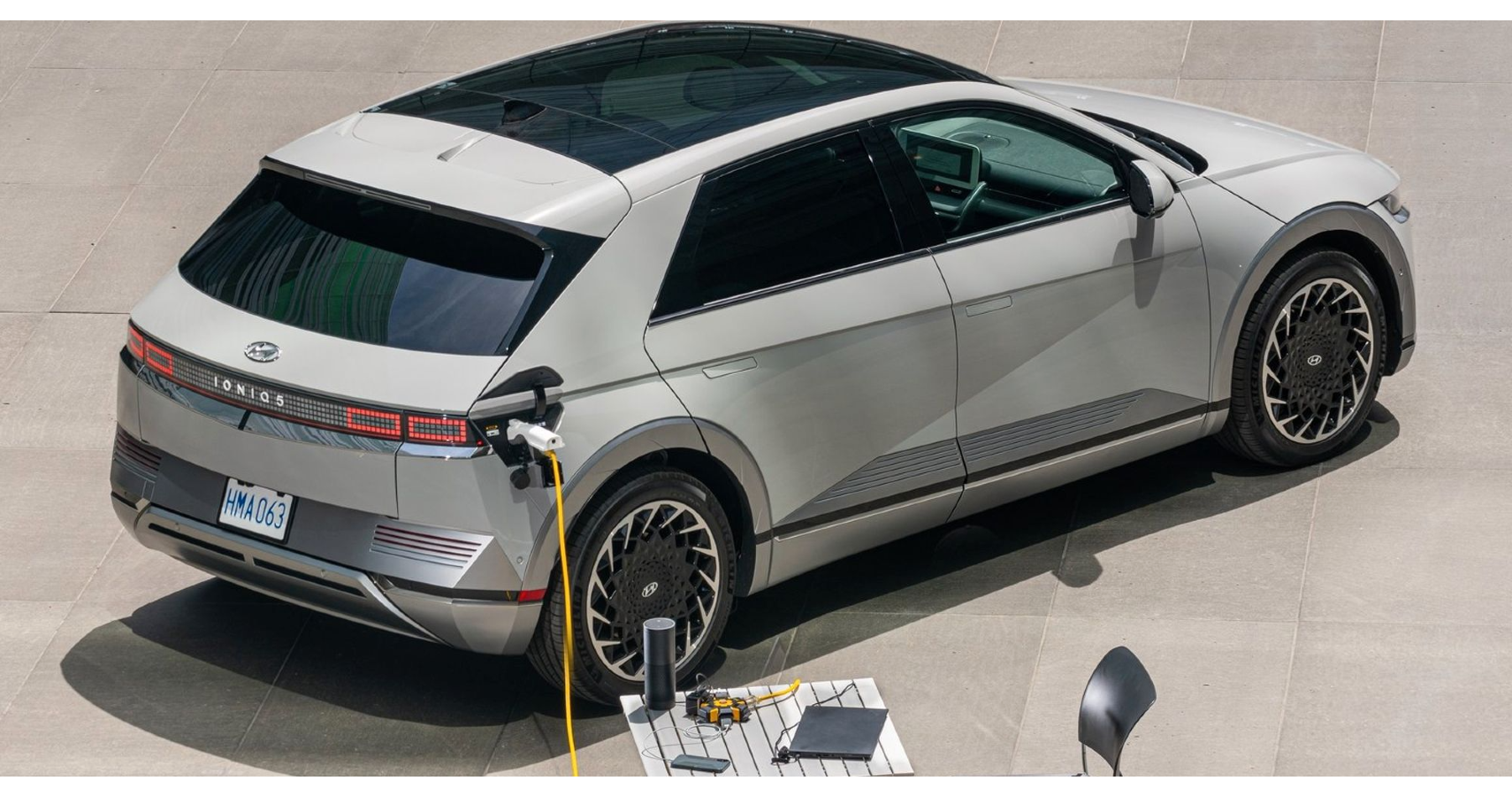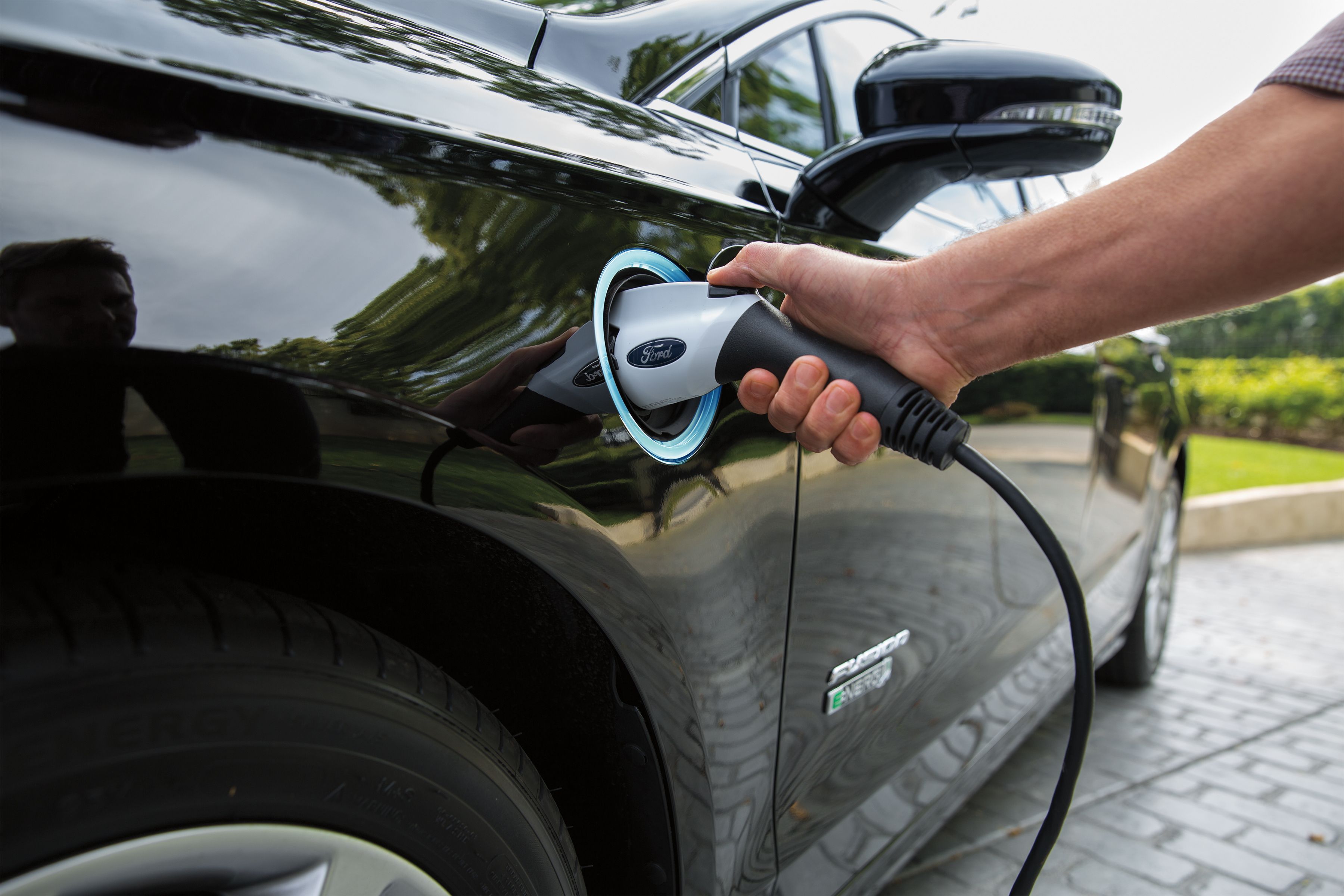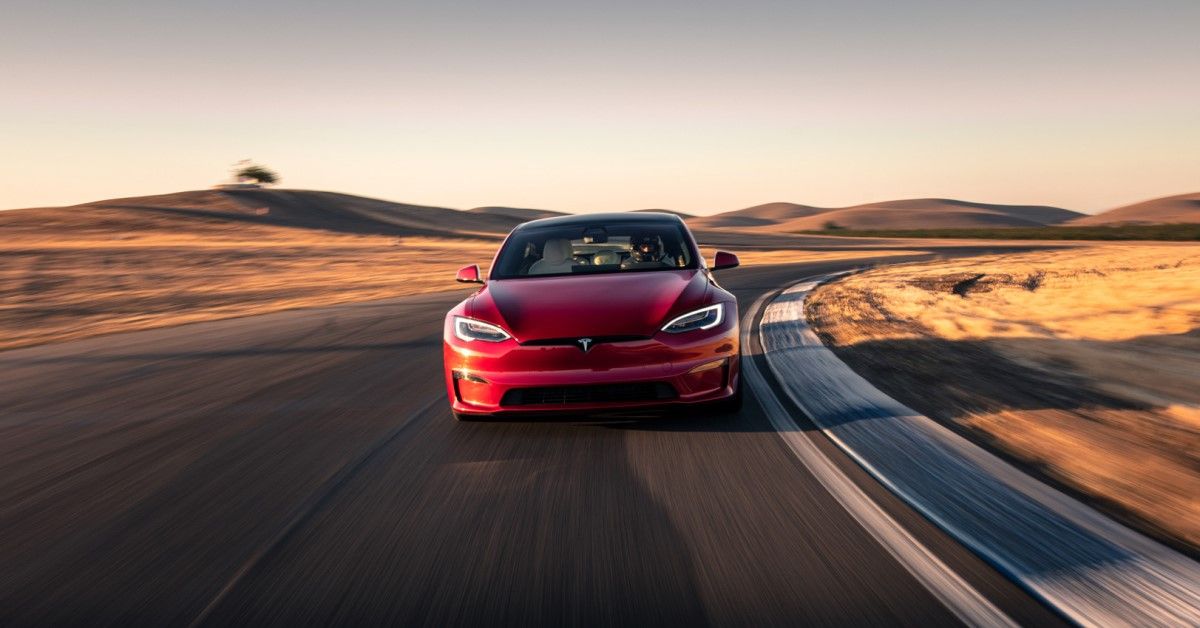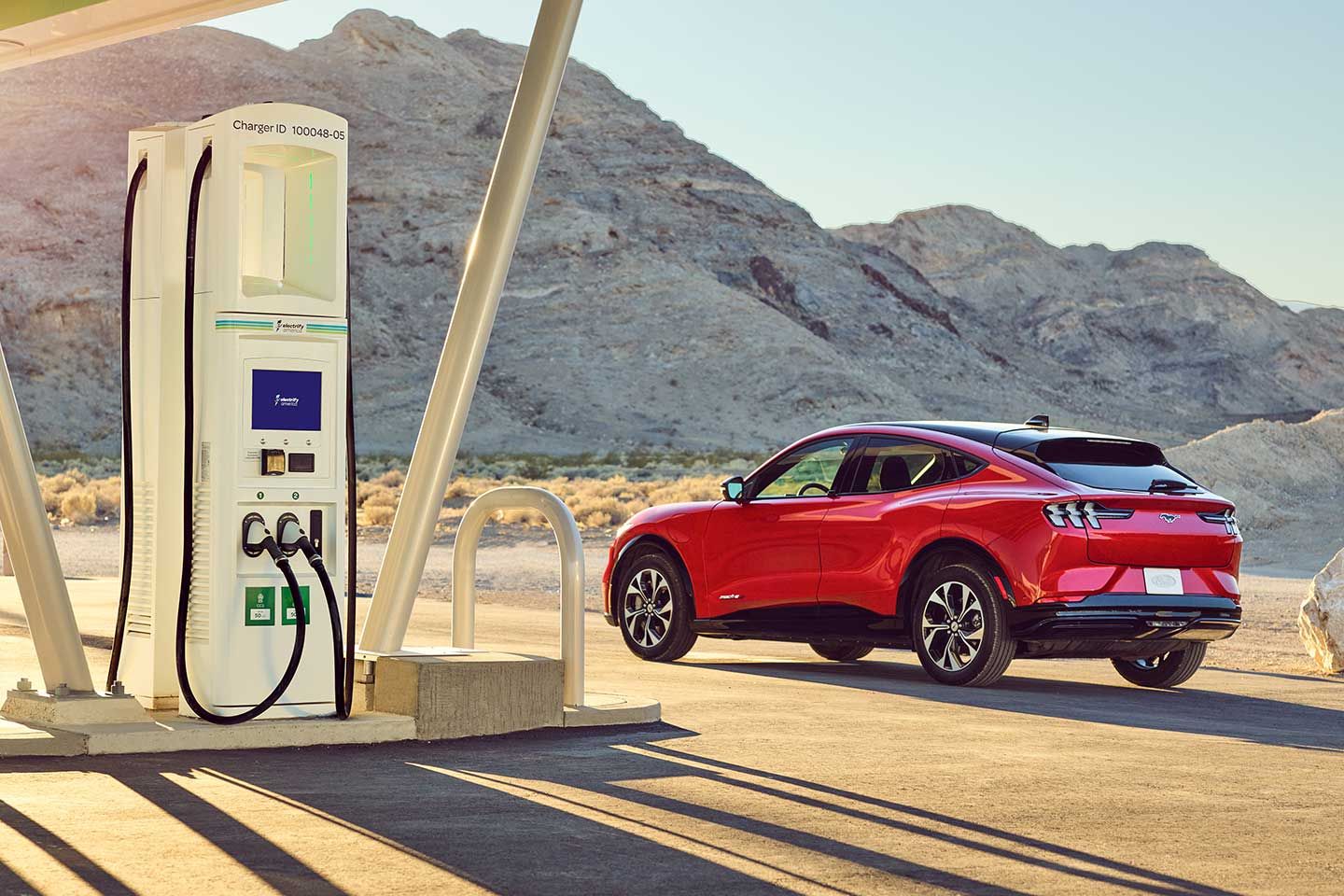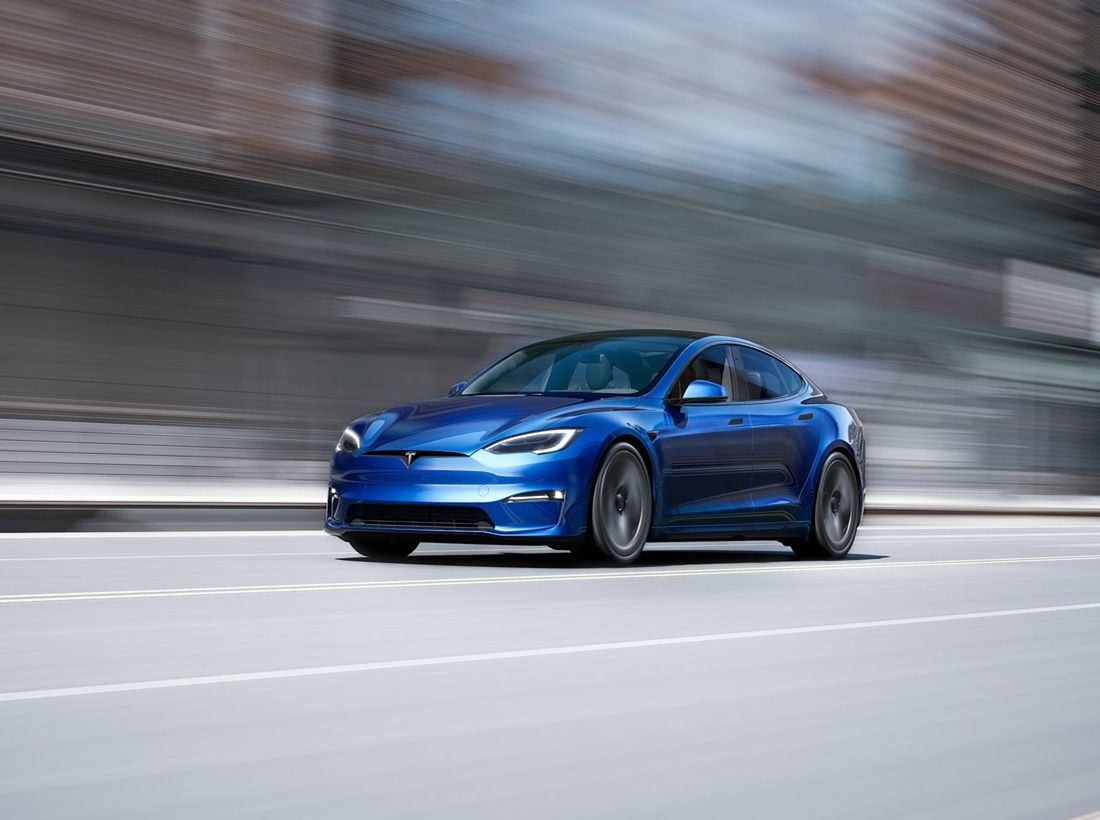Most car manufacturers have decided to make EVs a future project. There have also been bans on gasoline engines in some countries from the year 2025 or 2030. To keep these high demands in check, manufacturers are making better and more efficient EVs every passing year; the goal is to achieve maximum performance and range from a vehicle. The thing which comes with EVs is the range, and everyone seems to be worried about when the batteries will run out or how much charge is left in the batteries. Besides, unlike gasoline engines, EVs take quite some time to recharge, and the infrastructure globally is not as developed as the ones of fuel pumps for a gasoline engine.
While the infrastructure develops gradually over time, there are some steps that consumers can take to make sure that the batteries deliver optimum performance and the range of the vehicle is used to its best. Driving an EV has its learning curve, as the switch from a traditional gasoline engine to a battery-powered vehicle might be worlds apart. Still, many basic principles of driving do remain the same.
A Bigger Battery And Charging
To begin with, one should choose a vehicle with a larger battery pack that will directly relate to having an extended range over any vehicle with a smaller battery pack. Most models in the market offer a variety of battery sizes, and their ranges differ as per the spec selected. Although a larger battery pack might take a little longer to charge, that is managed by planning the vehicle's route. If one is aware of the fast chargers and even the superchargers in their area, they can tackle the problem of charging quickly, but since everyone does not have access to a fast charger or a supercharger, it is advisable to charge the battery of the vehicle whenever time permits. Usually, people charge the EVS at night after returning home from their work or commute.
Besides, EVs can be charged during outings like a mall, gym, or coffee shop if there is an electric charger anywhere close by. It not only saves a lot of time, but gives the owner the peace of mind that other vehicles are charged while they go about their routine.
Regenerative Braking Helps Improve Range
Perhaps the most significant difference that EVs have over gasoline-powered cars is the fact that they have regenerative braking. What this feature does is when a person is driving the vehicle and takes their step off the accelerator, the vehicle automatically slows itself down, subsequently resulting in the battery being charged. Regenerative braking can be quite a helpful feature in the cities as there is a lot of slow-moving traffic, and it allows the batteries to get charged a fair bit. However, most vehicles on the market have a few different levels of regenerative braking, as it is a little challenging to get used to if one is coming from a standard gasoline-powered car. What should be kept in mind is that EVs have a very considerable loss in range when driving uphill or up a slope. While coming downhill, the vehicle uses regenerative braking to charge the batteries.
Conditioning The Battery Is Essential
Conditioning the battery works, and in most cases, while in some cases, it is considered a myth. It essentially means that one should always charge the vehicles up to 80% and not the maximum 100% that the vehicle offers. Doing this saves a lot of time and makes sure that the battery is not getting overheated when they are charged to 100%. If one has to undertake a long journey that requires the maximum use of the battery and range, they can top up to 100%, but 80% charge should be more than enough for most City commutes and preserves the battery life and makes sure that the battery does not get damaged.
Altering Your Driving Style
The way one drives a gasoline-powered car is not the same as how an electric car is driven, although a fundamental idea of not going full hard on the accelerator remains the same. With EVs delivering instant torque from a standstill, it is difficult to control the urge to floor the pedal every time, but if one wants an extended range on the batteries, they must have it a light right foot and go easy on the throttle. Using cruise control is an excellent way to ensure that a vehicle makes optimum use of the battery, and their range is best utilized. Planning the route is also an essential aspect of driving an EV. The underdeveloped charging infrastructure keeps the driver in a spot where they are constantly worried about finding the next charging station. Some other small bits include not carrying excess luggage or cargo in the vehicle, ensuring the tire pressure is perfect, and using climate control when only needed.
Driving an EV can be a lot more fun than most other vehicles as it engages in driving and is cleaner for the environment, but keeping the vehicle in mind constantly is a difficult task. However, with basic steps and guidelines, a commute in an EV is thoroughly enjoyed without being anxious about the range.

